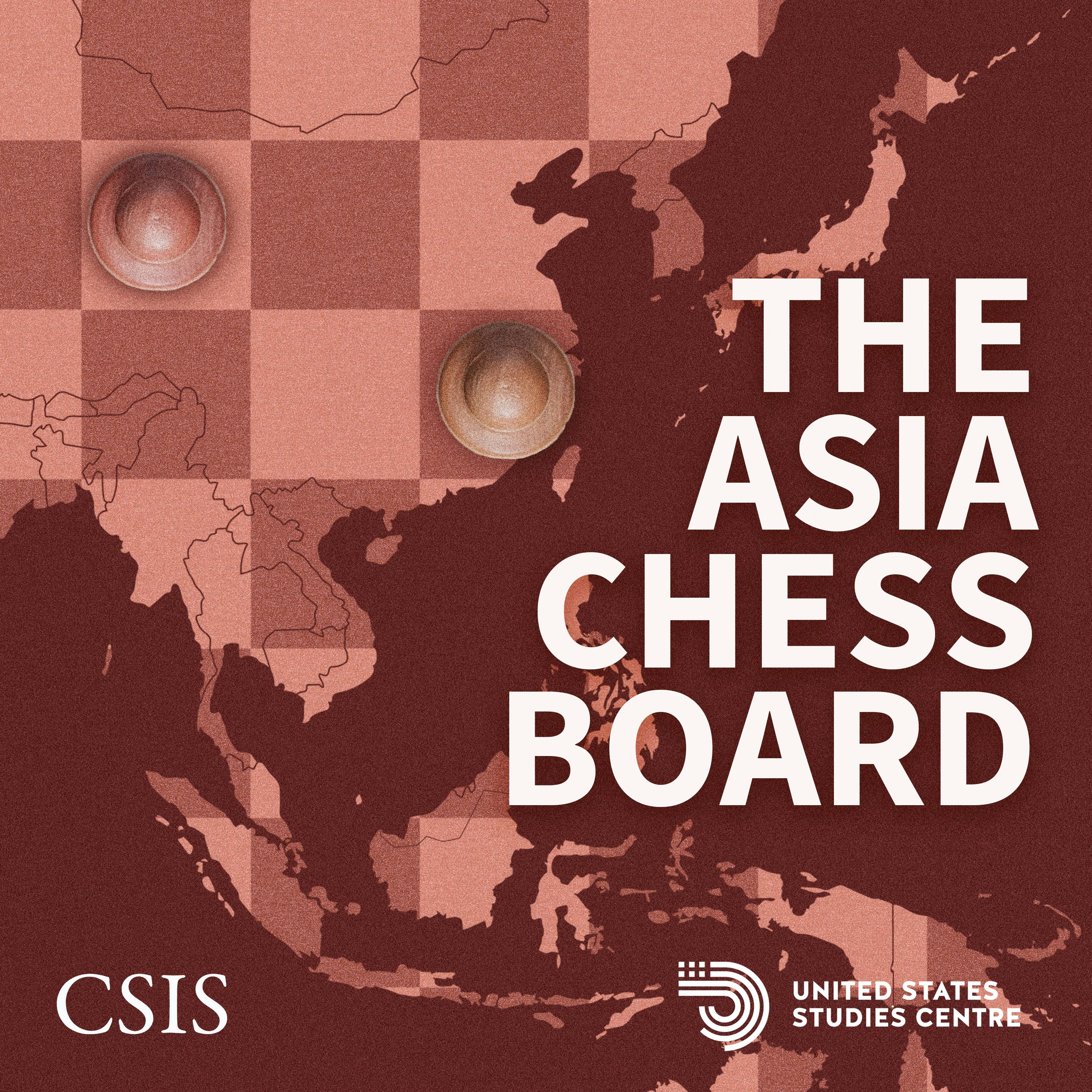
Deep Dive
Why did Richard Hadarian become an expert on Philippine security and geopolitics instead of a professional martial artist?
Richard Hadarian used mixed martial arts to deal with his undiagnosed ADHD and restlessness. He was exposed to geopolitics at a young age due to his father's influence and his work with progressive legislators in the Philippines. This led him to read extensively on South China Sea issues and Asian geopolitics, eventually becoming a sought-after expert.
Why does the Philippines need to modernize its armed forces and adopt a more mature strategic posture?
The Philippines has historically outsourced its external security to the U.S. due to the American security umbrella. However, incidents like the Mischief Reef incident in 1994 and the Scarborough Shoal crisis in 2012 highlighted the need for the Philippines to take more responsibility for its own security. This led to the modernization of its armed forces and a more mature strategic posture.
Why is the Philippines' strategic location important in the context of great power competition?
The Philippines is strategically located in the first island chain, close to Taiwan and Japan, and flanks the South China Sea. This location makes it a crucial player in the Indo-Pacific, particularly in scenarios involving Taiwan. The undersea topography also makes it ideal for submarine operations, complicating any U.S. or Japanese operations in the region.
Why is there a debate in the Philippines about neutrality in great power competition?
Some progressive circles in the Philippines argue that the country should stay out of great power conflicts and not be a proxy for the U.S. However, the core strategic elite, including the defense ministry and armed forces, recognize the strategic importance of the Philippines and the need to engage with like-minded powers to ensure security.
Why is the Comprehensive Archipelagic Defense Concept important for the Philippines?
The Comprehensive Archipelagic Defense Concept aims to enhance the Philippines' 360-degree maritime security domain awareness and capabilities. This is crucial given the country's extensive coastline and the need to secure its exclusive economic zone and waters, especially in the South China Sea and the West Philippine Sea.
Why are Australia and Japan important partners for the Philippines in security and defense?
Australia and Japan have been crucial partners for the Philippines, providing real-time intelligence, surveillance, and modern military equipment. Australia has been particularly helpful in the fight against terrorism and insurgency, while Japan has invested heavily in the Philippines' infrastructure and defense capabilities, including building one of the most advanced coast guards in the region.
Why is the relationship between the Philippines and South Korea important in the context of security?
South Korea has provided the Philippines with modern frigates, corvettes, and supersonic fighter jets. While the relationship is largely commercial, it has significant strategic implications, especially as the Philippines seeks to diversify its sources of military equipment and build a more robust defense capability.
Why is the Second Thomas Shoal a critical flashpoint in the South China Sea?
The Second Thomas Shoal is a critical flashpoint because it is occupied by Philippine troops, making it a de facto military base. The Mutual Defense Treaty between the U.S. and the Philippines covers any attack on Philippine troops in the South China Sea, making it a potential trigger for U.S. involvement. The Chinese are trying to blockade the shoal and prevent the Philippines from fortifying it, leading to increased tensions.
Why is there a bipartisan consensus in the Philippines about the China challenge?
Chinese activities in the South China Sea have created a bipartisan consensus in the Philippines about the nature of the China challenge. The public, military, and political elite see China as a strategic threat, and even former Duterte allies are now taking tough stances on China. However, there is still a need for vigilance against elite capture and disinformation campaigns.
Why is the Philippines on the front lines of hybrid warfare and disinformation?
The Philippines is a ground zero for hybrid warfare and disinformation, with AI-generated disinformation and deep fakes being used to target political leaders. The country needs to build resilience and implement legislation to protect its democratic processes while preserving basic freedoms.
Shownotes Transcript
This week Mike hosts Richard Heydarian, Senior Lecturer at the University of the Philippines Asian Center and author of, among others, Asia’s New Battlefield (2015, Bloomsbury) & The Indo-Pacific: Trump, China & The New Struggle for Global Mastery (2019, Palgrave), to discuss the Philippines' foreign policy, relationships, and strategy in the Indo-Pacific.